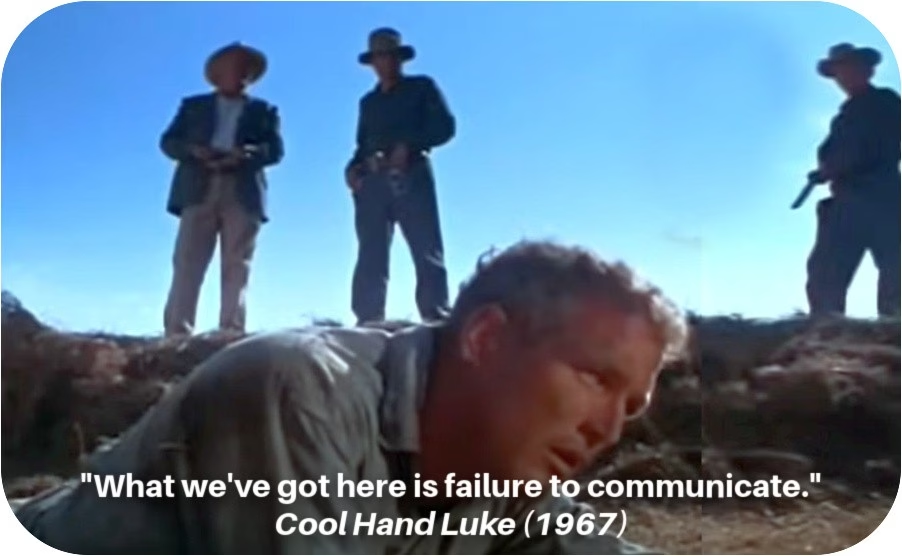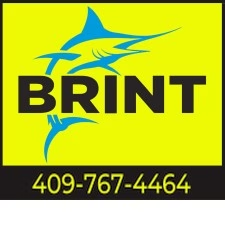
We had a couple of fishermen go on a fishing trip that cost $40,000. Oh, it didn’t cost them that much. That’s how much it cost the taxpayers for the US Coast Guard’s costs in searching for them. Below are the two messages sent about the incident.
- The Station Galveston Flotilla of the US Coast Guard Auxiliary operates out of the USCG Station Galveston base on Galveston Island. They provide assistance to the Coast Guard by providing maritime observation patrols in Galveston Bay; by providing recreational boating vessel safety checks; and by working alongside Coast Guard members in maritime accident investigation, small boat training, watch standing, and boat patrols.
First Message
SAR (Search and Rescue) – Possible overdue 25-foot Bayliner – in vicinity of Galveston one person on board – Update 01
At 1600 local time Coast Guard Sector Houston-Galveston received overdue report. Directed a 29-foot small boat to Texas City Boat Ramp with negative response. Conducted shoreline search Bolivar side with negative response. Wife stated a friend thought he might have launched from Stingaree’s Marina in Bolivar. Station Houston-Galveston contacted Stingaree’s and confirmed truck and trailer are in the parking lot with no vessel on trailer. Launched Air Station Houston helicopter. Cell phone pings appear to be inaccurate. Wife is at Stingaree’s with Galveston Sheriff Department. Notified: Station Galveston and Air Station Houston and Coast Guard District 8 Command Center (Houston).
Second Message
At 1754 local time Sector Houston-Galveston small boat found and confirmed vessel was the one we were looking for. There were two people aboard (not 01) and both were safe. Owner/Operator stated they went fishing in vicinity of Seawolf Park and the Jetties and had no cell phone service. Vessel is currently trailered. Cancelled Urgent Marine Information Bulletin (UMIB). Air Station Houston and Station Galveston Returned to base (RTB). Notified Station Galveston, Air Station Houston, Sector Houston Galveston, Sheriff’s Department, SAR Mission Controller, District 8 Command Center. CASE CLOSED.
The Costs
It costs $5,000 to launch a 29-foot Coast Guard Small Boat with a three-member crew. The helicopter is $17,000 an hour also with a three-member crew. Activating the Search and Rescue Command Center is $10,000, with up to 5 members dedicated to the search and rescue. It costs $500 an hour to operate each General Dynamics Rescue 21 System console, and two consoles were being operated- one in Galveston and one in Houston. A second Search and Rescue crew had to be activated to cover any new emergency. They had to prepare a second boat for service. The total estimated cost for this Search and Rescue incident was $40,000. That $40,000 does not come from a bottomless bucket. The Coast Guard budget for 2025 is $13.8 billion, down slightly from 13.9 billion for 2024. When that money is gone, we shut down. Nobody gets paid. Boats and cutters do not operate. Before we get to that point, we slash services, including Search and Rescue missions. Instead of Coast Guard vessels responding, we contact other state and local agencies who then take on the mission.

The captain of the chain gang in “Cool Hand Luke” knew what the problem was. Lack of communication. Here is how that lack of communication manifested itself in this case.
No VHF/FM Marine Radio
I can just hear the reasoning of the owner-operator: We ain’t getting out of sight of land so a cell phone is all we need. Really? You had no cell phone coverage within 100 yards of land. You CANNOT rely on a cell phone to save your life out on the water. You can purchase a handheld 5-watt marine radio for less than $100. Our Rescue 21 System will pick up a distress call up to 20 miles from shore with only one watt of battery power left. That’s from any shoreline in the United States and our territories.
It doesn’t have to be an emergency to call the Coast Guard. We would be happy to call someone for you and let them know you are running late. But with no effective means of communication, the owner-operator of the vessel could not let his wife know he was running late or when she could expect him, so she became worried and called the Coast Guard.
No Float Plan
Anyone on the boat can file a float plan. You do not have to be the Skipper. Even Gilligan, the Howells, Ginger, the Professor and Mary Ann could have filed a float plan. The following information should be provided to at least one contact:
- Your boat’s identification (registration number, length, type, type of propulsion)
- Your vehicle information (make, model, license plate number, launch location)
- Safety gear aboard (Life jackets, visual distress signals, food and water)
- Persons on board (name, age, gender, address, phone number)
- Itinerary
- Where will you depart from and what time will you depart
- Where are you going to and what time do you plan to arrive
- Any waypoints along the way
- Check in time (always have a check in time and don’t forget to call)
Float Plan Central – Official site of the Float Plan
Above is the link to the Coast Guard Auxiliary’s Float Plan Central, where you will find an app that allows you to do the following:
- Save and send using any device with Adobe Acrobat Reader installed.
- Can be used with any size or type of recreational vessel.
- Accommodates up to 13 canoers/kayakers/paddle boarders that want to paddle together as a group.
- User defined fields provide increased flexibility.
- The ability to enter the unique identification numbers for the vessel’s EPIRB and Personal Locator Beacons (PLBs) attached to individual PFDs.
- Drop down lists that let you easily see all of your choices.
- Accommodates up to 12 passengers.
- Identify up to 21 waypoints.
- Exclusive Boating Emergency Guide™ assists the person holding your plan with starting the Search and Rescue process.
- 100% digital means it’s easy on the environment.
- The float plan and the data you enter is stored on your computer or mobile device under your control.
- It’s FREE. From the experts in boating safety, the U.S. Coast Guard and U.S. Coast Guard Auxiliary.
Summary
While I see this incident as a testament to the Coast Guard’s Search and Rescue System, I also see it as a failure of a recreational boater to ensure his and his passenger’s safety. All he needed was a marine radio and to file a float plan and he wouldn’t have spent that $40,000 it cost us to search for him. No, we don’t charge for rescues, but the taxpayers pay for it every time.




